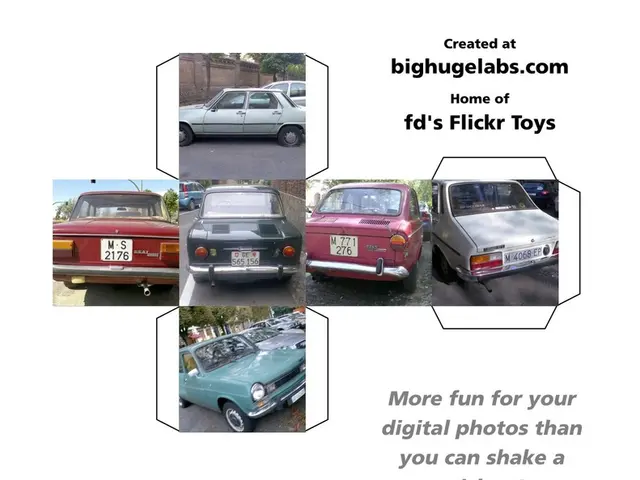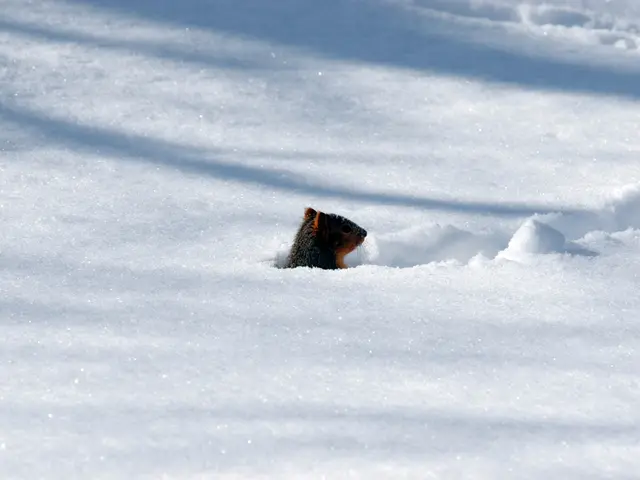Explore the Three-Dimensional Imaging of the Cassiopeia A Supernova Wreckage
In a significant advancement for astronomy, researchers have combined data from various space telescopes to create a new collection of 3D models, including one for a young star and three for supernova remnants. Notable among these is the Cassiopeia A (Cas A) supernova remnant, which offers key insights into supernova evolution and galactic development.
The 3D model of Cas A, viewable in X-ray, optical, and infrared wavelengths, reveals the gas structure as a flat disk, with debris tendrils contributing to a lopsided, bulbous appearance. A prominent feature dubbed the Green Monster, initially detected using the James Webb Space Telescope, is associated with the initial shock wave from the star's explosion and interacts with the rest of the star's material during the blast.
These models build upon earlier work published in Astronomy & Astrophysics and employ sophisticated computational simulations to visualize the remnant's progression from the blast to its present-day state as a relatively young supernova remnant. Supernovae play a vital role in galaxy evolution, dispersing heavy elements into space and contributing to the formation of new stars. Studying and modeling young remnants such as Cas A aids in understanding the physical processes behind these events and their impact on galaxy evolution.
Researchers have also developed 3D printable models of these remnants, enhancing educational resources and fostering greater public engagement with space science. These discoveries underscore the importance of multi-telescope observations and advanced modeling techniques in unraveling the mysteries of supernovae and their remnants.
- The combination of data from various space telescopes has led to the creation of new 3D models in astronomy, including one for a young star and three for supernova remnants, such as the Cas A.
- The 3D model of the Cas A supernova remnant, accessible in X-ray, optical, and infrared wavelengths, depicts gas structures as a flat disk with lopsided, bulbous features, and reveals a notable feature called the Green Monster.
- These 3D models in space and astronomy, like the one for Cas A, contribute to our understanding of supernova evolution, galactic development, and the role of supernovae in dispersing heavy elements and the formation of new stars.
- In addition to aiding scientific research, these models are also being used to develop 3D printable resources for educational purposes and public engagement in health-and-wellness and space-and-astronomy.








